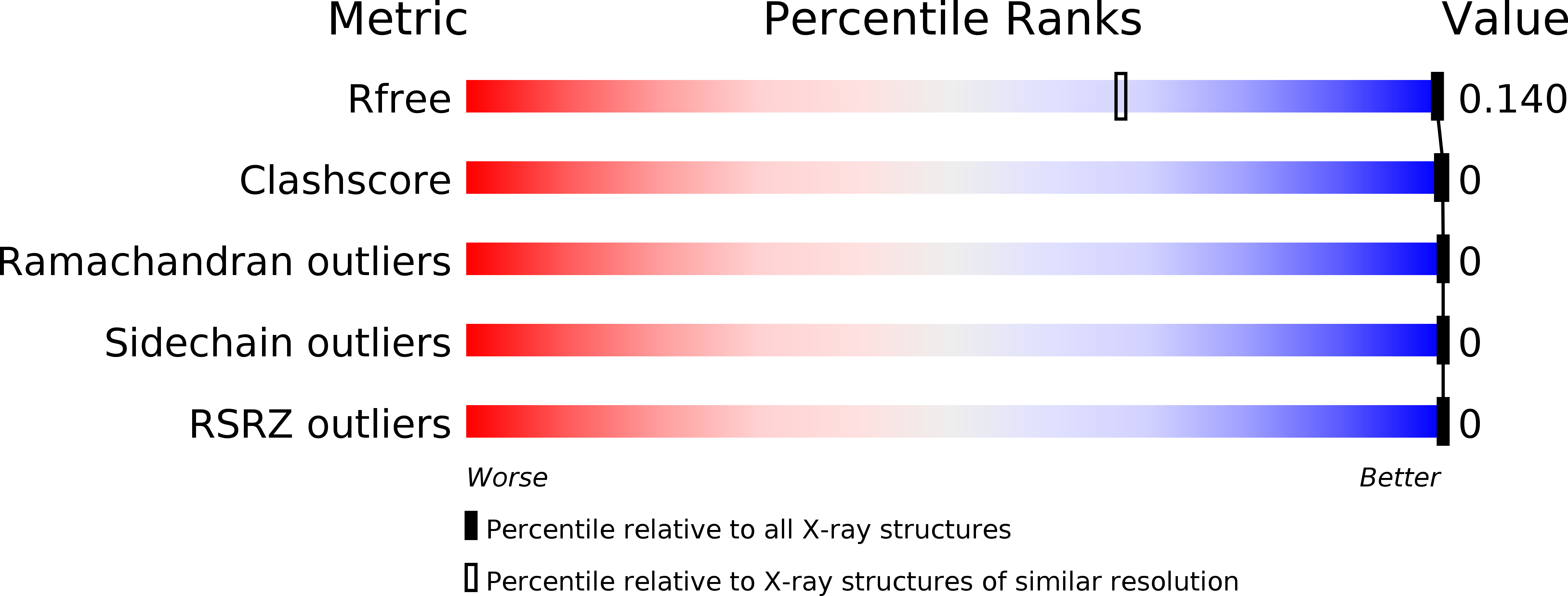
Deposition Date
2016-07-13
Release Date
2017-03-01
Last Version Date
2024-01-10
Method Details:
Experimental Method:
Resolution:
0.91 Å
R-Value Free:
0.13
R-Value Work:
0.13
R-Value Observed:
0.13
Space Group:
P 42 21 2


